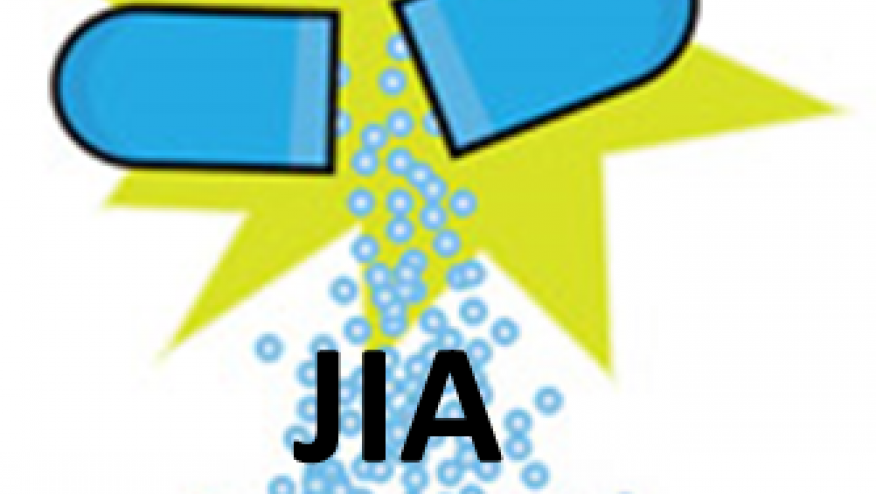ACR Guidelines for the Treatment of Systemic Juvenile Idiopathic Arthritis Save

The ACR has updated its clinical guidelines for the management of juvenile idiopathic arthritis (JIA), with this update focusing on oligoarthritis, TMJ arthritis, and systemic JIA (with and without macrophage activation syndrome); only the latter, systemic JIA recommendations are reported herein.
The guideline committee, included a panel of 15 members, including young JIA adults and JIA caregivers. They reviewed the medical literature, graded the evidence (with GRADE approach) and ranked the strength (strong or conditional) of their recommendations.
Guidelines and recommendations developed and/or endorsed by the American College of Rheumatology (ACR) are intended to provide guidance for patterns of practice and not to dictate the care of a particular patient. These recommendations are voluntary, with the ultimate decisions being made by the physician and patient.
Guiding principles
The development of the recommendations presented herein was guided by the following principles:
- Consistent with the ACR's 2019 JIA guidelines, these recommendations are for persons already diagnosed as having JIA.
- Aside from poor prognostic features specified within the recommendations themselves (e.g., specific joints for oligoarthritis, macrophage activation syndrome [MAS]), coexisting extraarticular conditions that would influence disease management, such as uveitis, psoriasis, or inflammatory bowel disease, are not addressed within these guidelines.
- Recommendations are intended to be used by all clinicians caring for persons with JIA and assume that patients do not have contraindications to the recommended pharmacologic treatments.
- Longer-term glucocorticoid therapy in childhood is not appropriate because of its effects on bone health and growth. Thus, wherever glucocorticoids are suggested, recommended treatment should be limited to the lowest effective dose for the shortest duration possible.
- Shared decision-making with families and patients is important when considering treatment options.
Recommendations for Systemic JIA without MAS - all are "very low certainty"
- NSAIDs are conditionally recommended as initial monotherapy.
- Oral glucocorticoids are conditionally recommended against as initial monotherapy.
- Conventional synthetic DMARDs are strongly recommended against as initial monotherapy.
- Biologic DMARDs (IL-1 and IL-6 inhibitors) are conditionally recommended as initial monotherapy.
- There is no preferred agent.
Recommendations for Systemic JIA with MAS - all are "very low certainty"
- IL-1 and IL-6 inhibitors are conditionally recommended over calcineurin inhibitors alone to achieve inactive disease and resolution of MAS.
- Glucocorticoids are conditionally recommended as part of initial treatment of systemic JIA with MAS.
- There is no preferred agent.
- Biologic DMARDs or conventional synthetic DMARDs are strongly recommended over long-term glucocorticoids for residual arthritis and incomplete response to IL-1 and/or IL-6 inhibitors.
Recommendations for Systemic JIA with inactive disease
- Tapering and discontinuing glucocorticoids is strongly recommended after inactive disease has been attained
- Tapering and discontinuing biologic DMARDs is conditionally recommended after inactive disease has been attained.
One of the major changes in these recommendations for systemic JIA is the use of bDMARDs as initial treatment or after inadequate response to NSAIDs. csDMARDs are only recommended for persistent synovitis despite treatment with bDMARDs.
Clinicians should be aware of the rare, but highly fatal lung disease in some bDMARD-treated young children with systemic JIA and that this may be linked to bDMARDs use.









If you are a health practitioner, you may Login/Register to comment.
Due to the nature of these comment forums, only health practitioners are allowed to comment at this time.